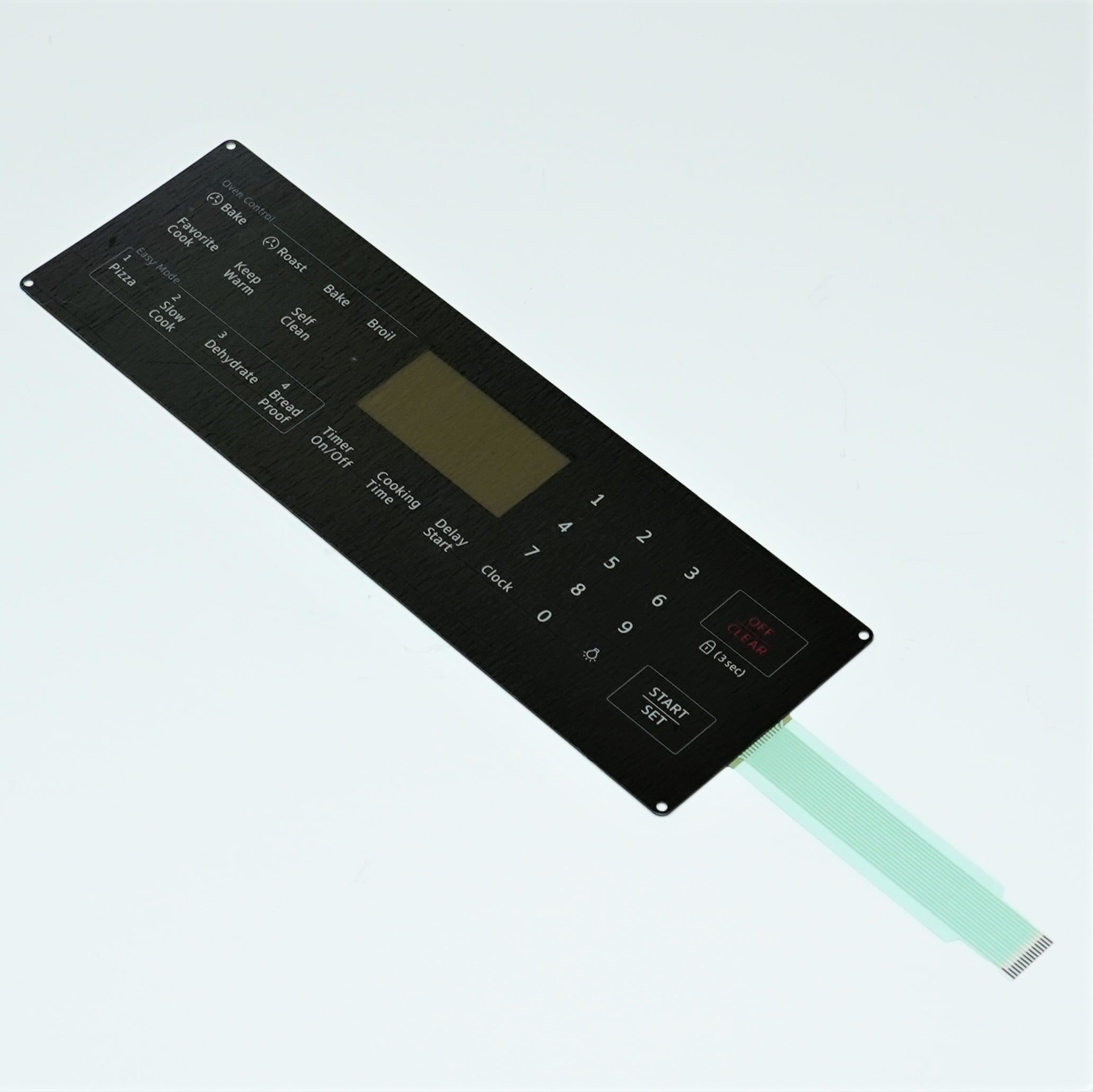Explore the Benefits of Using a Membrane Switch in Modern Devices
Explore the Benefits of Using a Membrane Switch in Modern Devices
Blog Article
Comprehending Membrane Changes: The Trick to Reliable and sturdy Controls

What Are Membrane Layer Buttons?
Membrane buttons are an innovative service in the realm of interface technology, incorporating capability and style flawlessly. These tools work as a user interface between users and electronic systems, integrating several elements into a compact layout. Commonly built from adaptable, slim layers of products, membrane layer buttons are developed to reply to touch, enabling customers to connect with machinery and electronic devices successfully.
The main components of a membrane layer button include a printed circuit layer, graphic overlay, and a spacer layer that protects against unintentional activation. The graphic overlay can be personalized to show brand name identification or user choices, enhancing aesthetics while guaranteeing functionality. Membrane buttons are commonly utilized in various applications, including medical gadgets, consumer electronics, and commercial devices, owing to their resilience and resistance to environmental aspects such as moisture and dirt.
Among the essential advantages of membrane layer buttons is their capability to endure damage, making them ideal for high-traffic settings. In addition, they are light-weight and require minimal room, enabling for cutting-edge styles in item growth. Overall, membrane changes represent a effective and practical option for modern digital interfaces, weding innovation with user-centric design principles.
Just How Membrane Switches Over Job
The procedure of membrane changes joints on a basic yet effective mechanism that equates user input right into digital signals. These switches include multiple layers, generally consisting of a visuals overlay, a spacer layer, and a circuit layer. When a user presses the switch, the leading layer deforms, enabling a conductive element in the circuit layer to make call with a corresponding conductive pad on the underside of the graphic overlay. This call closes the circuit and sends a digital signal to the tool, suggesting that the switch has been activated.
The design of membrane switches can vary, but they usually incorporate domes or tactile components to offer responses to the customer, enhancing the general experience - membrane switch. The materials utilized in membrane switches, such as polyester or polycarbonate, contribute to their resilience and resistance to environmental aspects, including moisture and dirt. Additionally, the printed circuits are generally encapsulated, which secures them from damage gradually.
Advantages of Membrane Layer Buttons

Furthermore, membrane layer buttons are known for their durability. Created from robust materials, they are resistant to dust, wetness, and physical wear, which significantly expands their life-span compared to typical mechanical buttons. This durability makes them especially suitable for high-traffic atmospheres and applications calling for longevity.
An additional significant advantage is the ease of cleansing and maintenance. The smooth surface area of membrane changes minimizes dust build-up and is typically resistant to spills, making them perfect for setups that call for constant sanitization.
In addition, membrane layer buttons supply a streamlined profile, resulting in a thinner design that can be incorporated right into visite site different gadgets without adding bulk. This function not just improves the aesthetic allure but also contributes to a much more ergonomic product layout.
Applications of Membrane Layer Switches
Straightforward and flexible, membrane layer switches locate applications across a variety of markets, consisting of medical tools, customer electronics, and commercial devices. In the medical field, these switches are essential to tools such as diagnostic devices, client surveillance systems, and mixture pumps, where integrity and convenience of cleaning are important. Their capacity to withstand harsh settings and preserve functionality makes them ideal for such applications.

In customer electronics, membrane layer switches are made use of in products like microwaves, cleaning machines, and push-button controls - membrane switch. Their streamlined layout permits for intuitive user interfaces, enhancing the total individual experience while providing toughness and resistance to damage
Commercial devices likewise profits from membrane buttons, particularly in control panels for equipment and automation systems. These switches provide defense against dust and dampness, making sure regular performance in difficult settings. Their customizable features enable makers to tailor them to particular functional needs, boosting performance and performance.
Selecting the Right Membrane Change
When picking a membrane button, it is important to take into consideration different aspects that influence performance and suitability for details applications. The key considerations consist of ecological problems, responsive comments, resilience, and design specs.
First, evaluate the operating environment; buttons revealed to wetness, chemicals, or extreme temperature levels call for specific products to ensure longevity and performance. Next, assess the requirement for tactile comments. Relying on user interaction, some applications may gain from a responsive action to verify activation, while others might choose a non-tactile layout for aesthetic factors.
Sturdiness is an additional critical aspect; membrane layer buttons ought to be designed to withstand regular usage, impacts, and abrasion. Ensure the picked button can withstand the expected lifecycle, specifically in high-usage circumstances.

Final Thought
In final thought, membrane switches serve as essential components in the style of reliable and long lasting control systems across numerous industries. The convenience of membrane switches enables for tailored solutions that fulfill particular operational needs, reinforcing their informative post value in modern-day technology.
Membrane layer changes represent an essential element of modern-day interface style, mixing capability with resilience in various applications.Membrane layer switches are an advanced solution in the realm of customer interface modern click this site technology, integrating functionality and style effortlessly. Normally built from flexible, slim layers of materials, membrane layer switches are designed to react to touch, allowing individuals to communicate with machinery and digital tools effectively.
The style of membrane buttons can vary, but they frequently incorporate domes or responsive aspects to give feedback to the individual, boosting the total experience.In final thought, membrane layer switches offer as crucial elements in the design of trusted and resilient control systems across different markets.
Report this page